What Aspects to Check in the Toilet and Bathroom before Taking Possession?
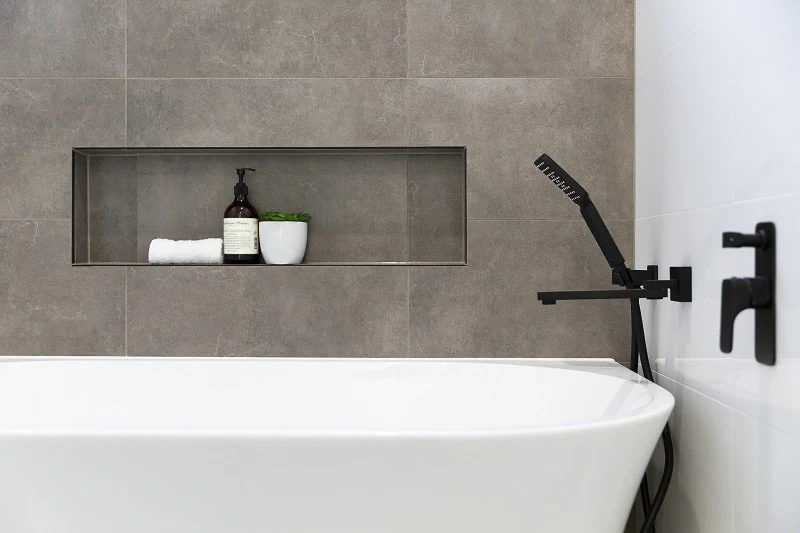
Real estate experts have always emphasized the importance of the toilet in any house. Toilets bear the frequent load of activities every day, at all times. It is essentially the place where you start and finish your day. Thus, before taking possession of your house, here are few critical aspects that one should always check in this most important room.
DAMPNESS
Dampness under the floor and in the walls of the toilet is one of the most common issues which most new and existing homeowners face. To start with you can do a physical inspection. However, most often, a physical inspection is not enough and we need technological interventions to ascertain whether there is dampness in the bathroom floor, walls, or not. Thermal cameras, thermal imagers, and moisture meters are considered to be cutting-edge gadgets for checking dampness and moisture in the floor and walls. With a thermal imager, for instance, we can find out the exact location where dampness is originating and take appropriate steps to rectify it.
FLOOR SLOPES
The slope of the floor will determine how fast and how easily the water will drain out. It is always recommended to pour water from a bucket and check the flow towards the drain. Check whether the slope in every section of the toilet area guide water to the drainage holes. Now, if the water takes more than a minute to drain out, then there might be some issues with the slope and appropriate action will need to be taken. There can also be issues with the floor trap or the outlet from where the water flows out. Evaluate the floor slopes carefully.
FIXTURES
The CP plumbing fixtures such as (taps, faucets, showers, etc.) should be exhaustively checked. You should open all taps and find out how much water is flowing, the rate of the flow, and whether the flow of water stops when the tap is closed. Often, even after the tap or faucet is closed, water keeps on dripping and wets the floor. This shouldn’t happen. Regarding the flow, experts recommend 5 litres per minute of water flow. However, you should make sure that enough water is flowing in the time span you are comfortable with.
WC - COMMODE AND CISTERN
And lastly, but the most important, the commode and flush tank. The easiest way to check the functionality of the WC is by flushing it a few times and then finding out if the cistern is functioning properly or not. The pan collar, which is a rear pipe at the back of the toilet, should be checked to see if it is properly fastened or not. Water seepage from the toilet is another important aspect to check. Sometimes, the toilet might be wobbly due to an error in the alignment during installation or due to a damaged flange seal. Check for cracked or damaged commode by lightly striking it with a metal key. If you hear a ringing sound, then the ceramic commode is free from crack or any damage.
These common issues in the toilet need to be highlighted to the builder as soon as possible so that your new house is delivered perfectly, without any imperfections.
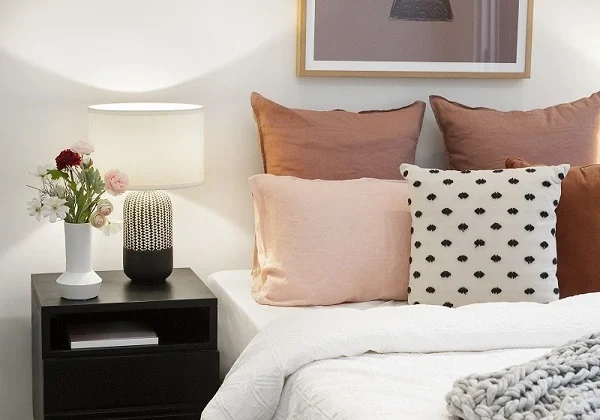


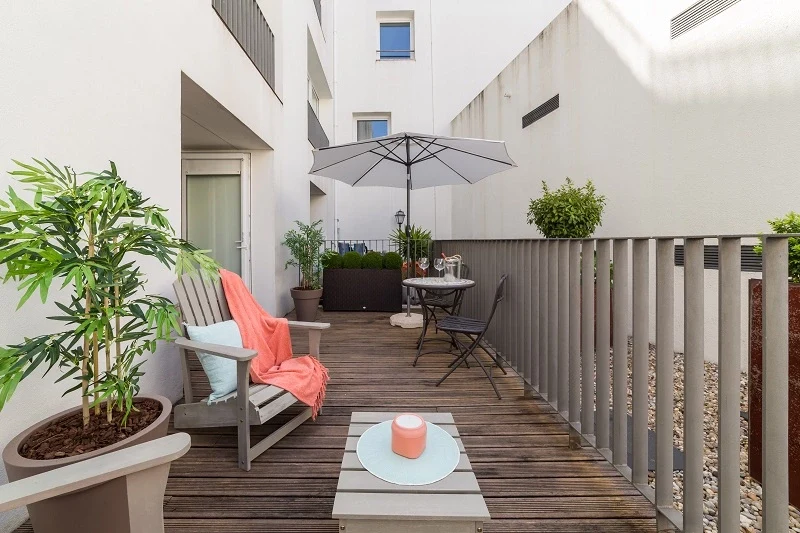

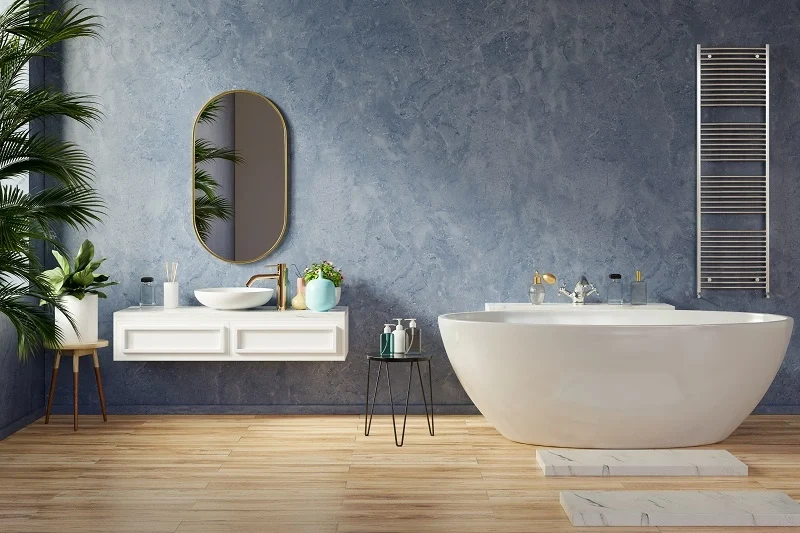
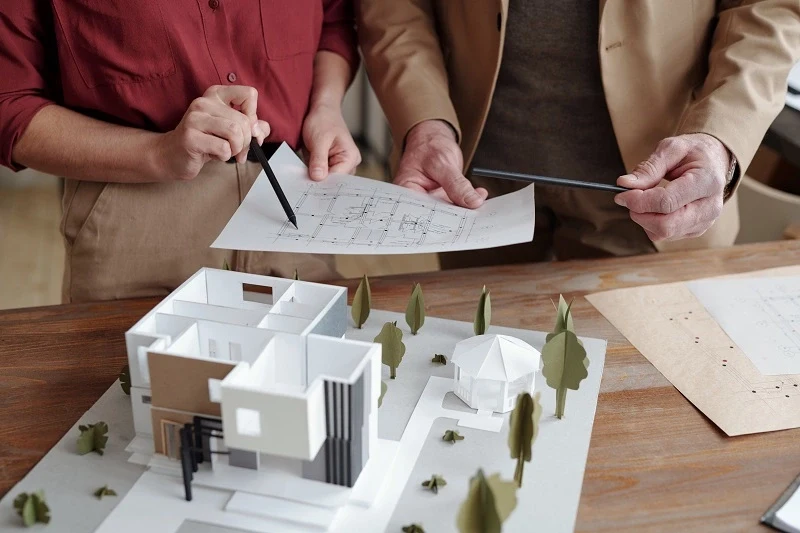
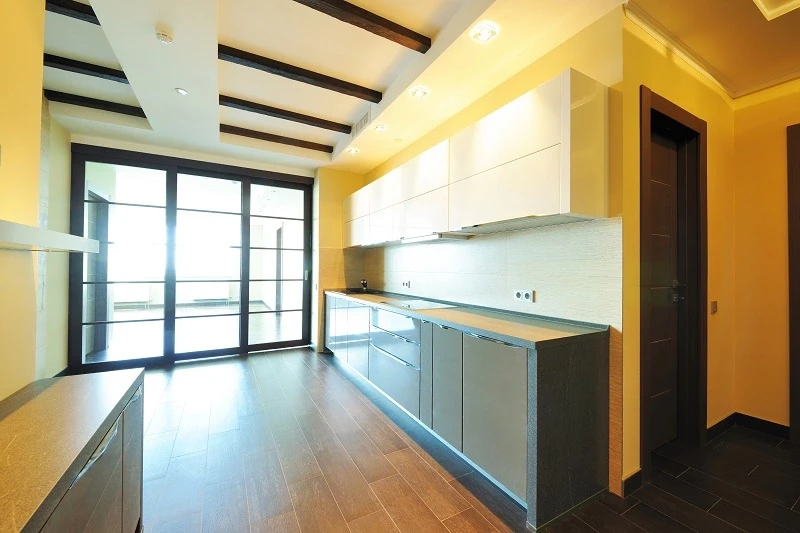
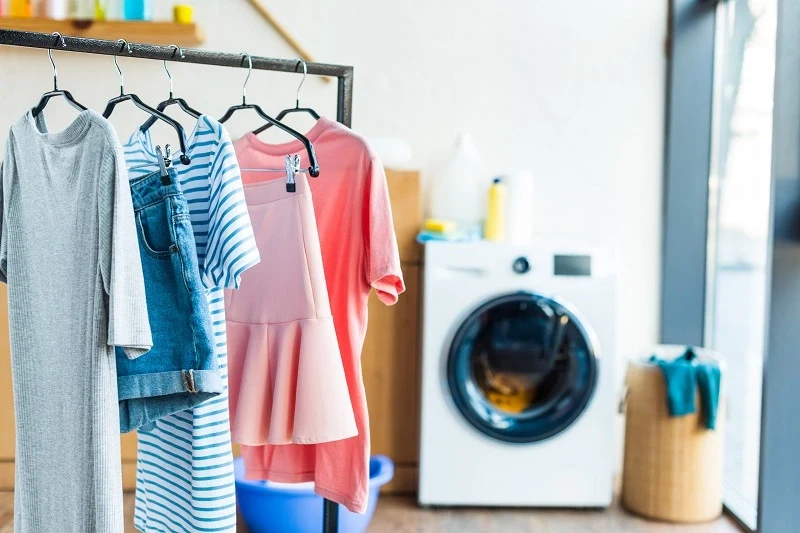
Ask a Question